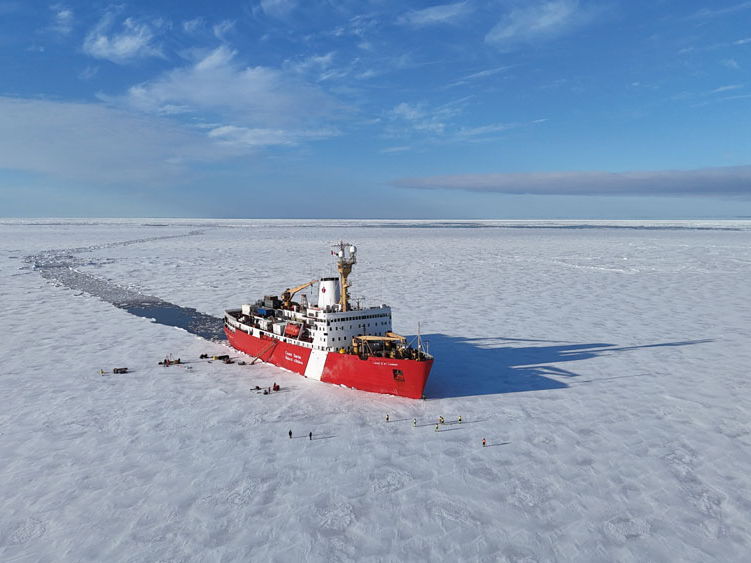



Suitable for 14-19-year olds (secondary and high schools, and college), this article and accompanying activity sheet can be used in the classroom, STEM clubs and at home.
This resource links to KS4 and KS5/Grade 9-10 and Grade 11-12 Geography and Biology.
It can also be used as a careers resource and links to Gatsby Benchmarks (UK):
Gatsby Benchmark 2: Learning from career and labour market information
Gatsby Benchmark 4: Linking curriculum learning to careers
• This teaching resource explains the work of Professor Stephanie Waterman from the University of British Columbia in Canada. She uses ocean-observing robots to study ocean turbulence and mixing in the Arctic Ocean.
• This resource also contains an interview with Stephanie, and offers an insight into careers in Arctic oceanography. If your students have questions for Stephanie, they can send them through the Futurum Careers website.
• The activity sheet provides ‘talking points’ (based on Bloom’s Taxonomy) to prompt students to reflect on Stephanie’s research and challenges them to create a mock social media campaign to educate people about changes in the Arctic Ocean.
This resource was first published by Futurum Careers, a free online resource and magazine aimed at encouraging 14-19-year-olds worldwide to pursue careers in science, tech, engineering, maths, medicine (STEM) and social sciences, humanities and the arts for people and the economy (SHAPE).
If you like these free resources, or have suggestions for improvements, please let us know and leave us some feedback. Thank you!
Something went wrong, please try again later.
This resource hasn't been reviewed yet
To ensure quality for our reviews, only customers who have downloaded this resource can review it
to let us know if it violates our terms and conditions.
Our customer service team will review your report and will be in touch.